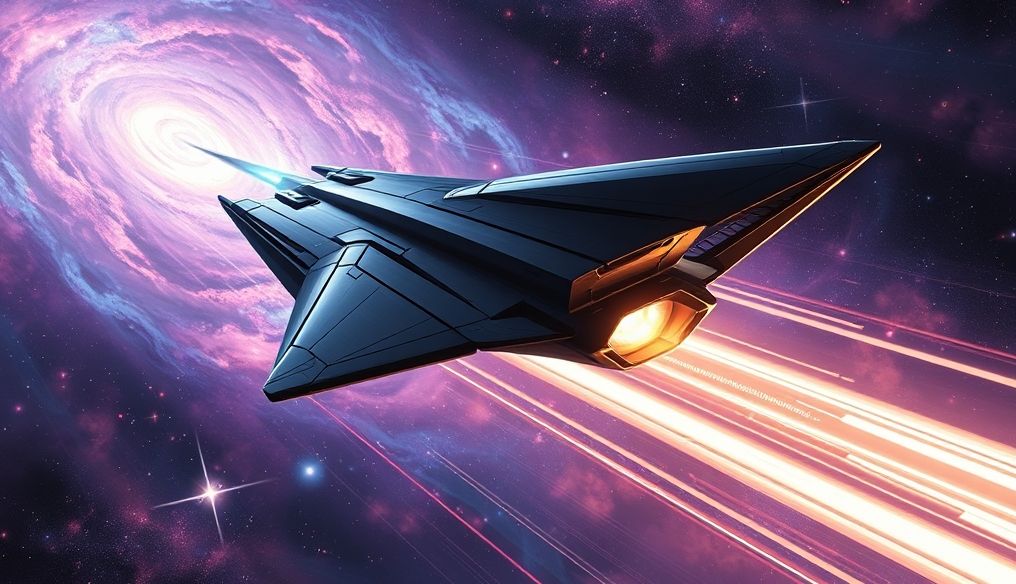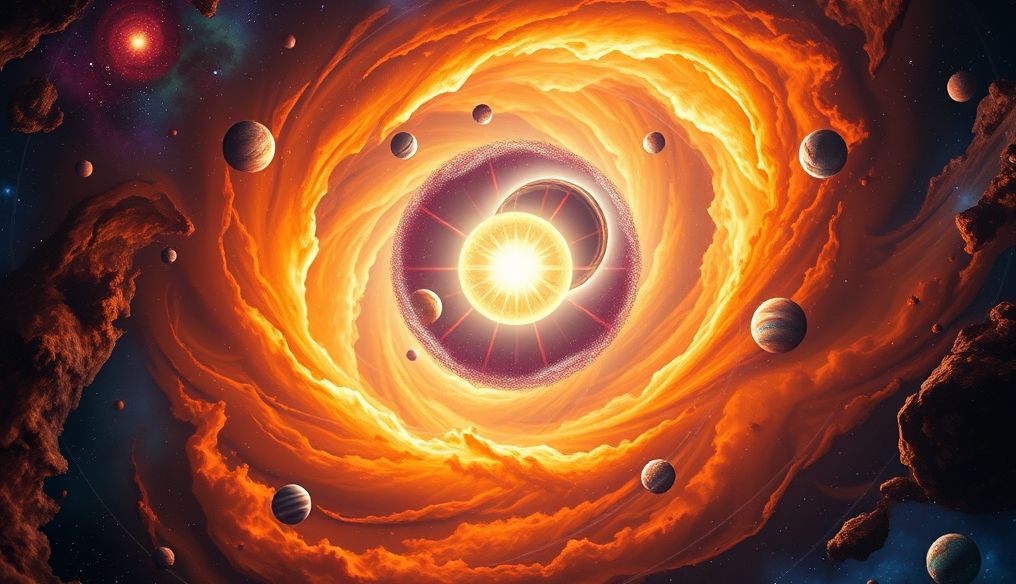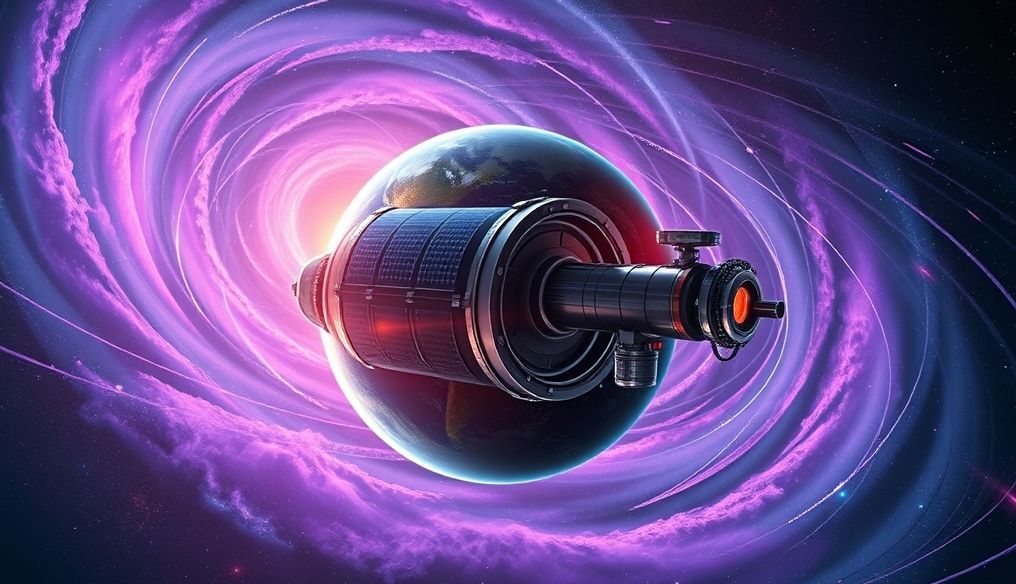Is Faster-Than-Light Travel Scientifically Possible and Will the Dream of Exploring the Stars Come True?
The idea of traveling at the speed of light has long captivated human imagination. From science fiction movies to theoretical physics, this concept remains a cornerstone of our dreams of exploring the universe. But is it really possible? This article will delve into the theoretical physics, technical challenges, and philosophical implications surrounding this exciting topic.
Chapter 1: The Speed of Light - A Cosmic Constant or a Constraint?
The speed of light, denoted by the symbol c, is a fundamental physical constant that is approximately 299,792,458 meters per second. Albert Einstein's theory of special relativity states that this speed is the maximum speed at which anything in the universe can travel. This is not just an assumption; it is a direct result of the equations that describe how spacetime works.
Why is the Speed of Light the Limit?
As an object approaches the speed of light, its mass increases significantly. This means that it requires more and more energy to accelerate it further. In fact, to accelerate an object with mass to the speed of light, you would need an infinite amount of energy, which is impossible.
- Time Dilation Effect: The faster you move, the slower time passes for you compared to a stationary observer. At the speed of light, time would stop completely.
- Length Contraction: The length of an object in the direction of its motion shrinks as it approaches the speed of light.
- Mass Increase: The mass of an object increases significantly as it approaches the speed of light, requiring infinite energy to surpass this speed.
Chapter 2: Special and General Relativity - The Rules That Govern the Universe
Einstein's theory of special relativity deals with objects moving at a constant speed in a straight line. The theory of general relativity, on the other hand, deals with gravity as a distortion of spacetime due to the presence of mass and energy.
Special Relativity:
It is based on two fundamental principles:
- The laws of physics are the same for all observers in uniform motion.
- The speed of light in a vacuum is the same for all observers, regardless of the motion of the light source.
General Relativity:
Describes gravity as a curvature in spacetime caused by the presence of mass and energy. Objects do not move due to the force of gravity, but rather move along the shortest possible path in curved spacetime, which we call "geodesics."
"Gravity is not a force; it is a curvature of spacetime."
Chapter 3: Wormholes - Hypothetical Shortcuts Through Spacetime
Wormholes are solutions to the equations of general relativity that theoretically allow for the existence of shortcuts through spacetime. Imagine spacetime as a sheet of paper, and a wormhole is a hole that connects two distant points on the paper.
Challenges Related to Wormholes:
- Need for Exotic Matter: Wormholes require the existence of matter with negative energy density to keep them open. This matter has not yet been discovered and may not exist.
- Stability: Even if exotic matter exists, wormholes may be unstable and collapse quickly.
- Passage: Conditions inside a wormhole may be so harsh that no object can pass through it safely.
Chapter 4: Warp Drives - Bending Spacetime to Travel Faster Than Light
Warp drives are a theoretical concept based on the idea of distorting spacetime around a spacecraft. By compressing spacetime in front of the spacecraft and expanding it behind, the spacecraft can move faster than light without violating the laws of relativity.
Challenges Related to Warp Drives:
- Enormous Energy: Warp drives require vast amounts of energy, perhaps more than the energy in the observable universe.
- Exotic Matter: Warp drives may also require the existence of exotic matter with negative energy density.
- Unknown Effects: Warp drives may have unexpected effects on spacetime and the universe.
Chapter 5: Faster-Than-Light Travel - Paradoxes and Contradictions
If faster-than-light travel were possible, it would lead to logical paradoxes and contradictions. For example, it might be possible to travel to the past and change events, creating causal contradictions.
The Grandfather Paradox:
If you traveled to the past and killed your grandfather before he fathered your father, would you exist? This paradox raises questions about the nature of time and causality.
Chapter 6: Quantum Gravity - The Search for a Theory of Everything
One of the biggest challenges in modern physics is reconciling the theory of general relativity with quantum mechanics. General relativity describes gravity on a large scale, while quantum mechanics describes the behavior of subatomic particles on a small scale. Quantum gravity is an attempt to combine these two theories into a single unified theory.
String Theory:
One of the promising theories in quantum gravity is string theory. This theory suggests that fundamental particles are not points, but rather tiny strings vibrating at different frequencies. String theory requires the existence of extra dimensions of spacetime, in addition to the three spatial dimensions and the time dimension that we know.
Chapter 7: The Future of Interstellar Travel - Is It Really Possible?
Despite the enormous challenges, the idea of interstellar travel continues to inspire scientists and engineers. With advances in technology and a deeper understanding of physics, we may one day find a way to overcome the limitations of the speed of light.
Promising Technologies:
- Nuclear Propulsion: Using nuclear energy to accelerate spacecraft.
- Solar Sails: Using sunlight to propel spacecraft.
- Nuclear Fusion: Using nuclear fusion as an energy source for spacecraft.
Chapter 8: Philosophical Implications of Faster-Than-Light Travel
If faster-than-light travel becomes possible, it will change our understanding of the universe and our place in it. It will lead to profound philosophical questions about the nature of time, causality, and identity.
Philosophical Questions:
- What does it mean to be human in a world where travel across the stars is possible?
- Are we ready to face other civilizations?
- What is our responsibility to the universe?
In conclusion, although faster-than-light travel remains a formidable challenge, it is not theoretically impossible. As we continue to explore the universe and understand its laws, we may one day find a way to achieve this ambitious dream.




